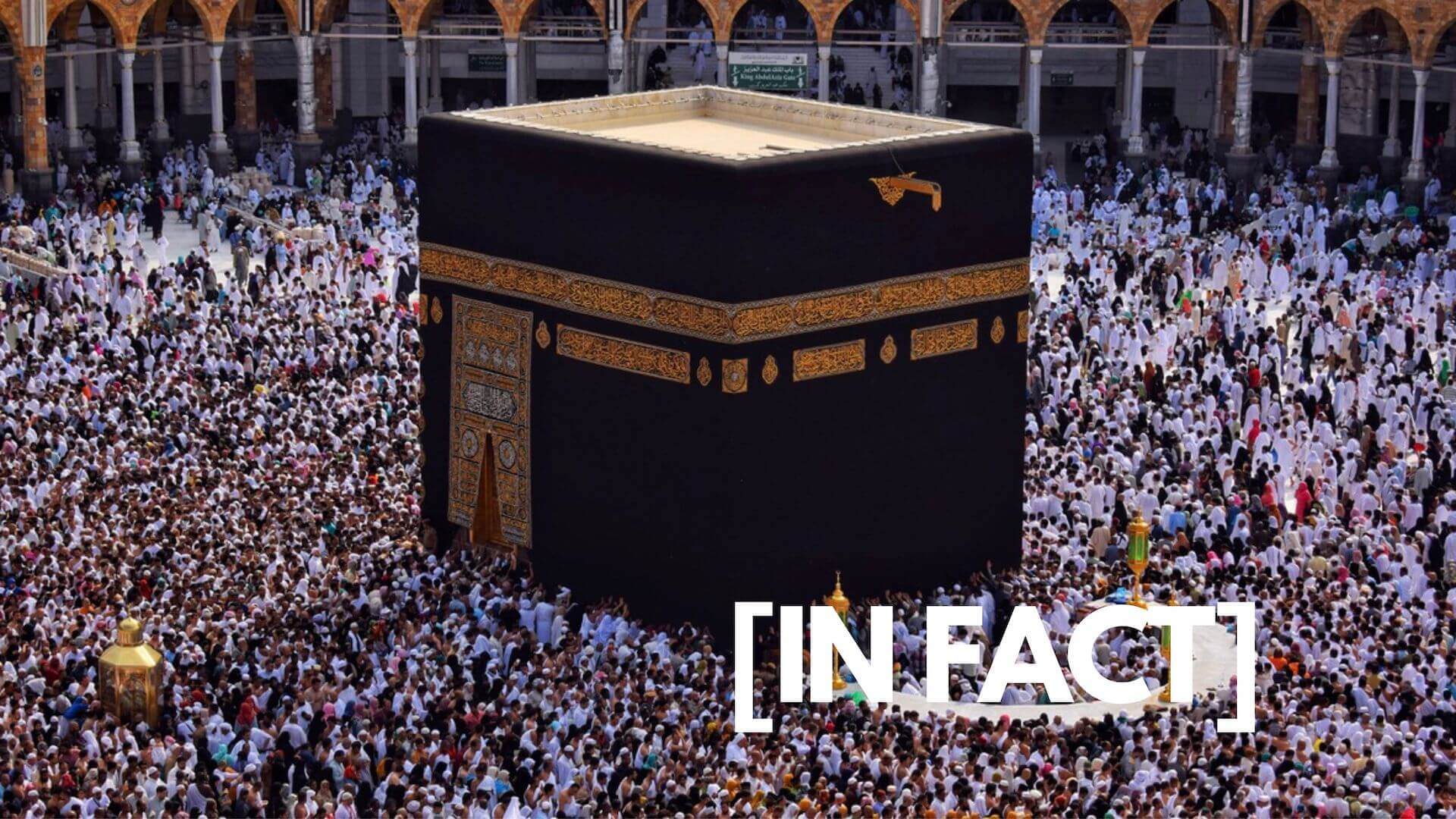
10 Interesting Facts about the Kaaba
The Kaaba is a black cube-shaped building in the center of the Masjid al-Haram in Mecca, Saudi Arabia. It is the most sacred site for Muslims and the direction of prayer for more than 1.6 billion people around the world. The Kaaba has a long and rich history that dates back to the time of Abraham and Ishmael, who according to Islamic tradition built it as the first house of worship for God. The Kaaba has also witnessed many events and changes throughout the centuries, from wars and invasions to renovations and expansions. In this article, we will explore 10 interesting facts about the Kaaba that you may not know or have heard before.
10 Interesting Facts about Holy Kaaba
Fact 1: The Kaaba is not a Perfect Cube
The Kaaba has four corners and four walls. However, they are not equal in length or height. The Kaaba measures about 13.1 meters (43 feet) long, 11.03 meters (36.2 feet) wide, and 12.86 meters (42.2 feet) high. Especially, the corners of the Kaaba are named after the tribes that used to guard them: the Black Stone corner (al-Rukn al-Aswad), the Yemeni corner (al-Rukn al-Yamani), the Syrian corner (al-Rukn al-Shami), and the Iraqi corner (al-Rukn al-Iraqi).
Fact 2: The Kaaba Contains a Sacred Black Stone
The Black Stone (al-Hajar al-Aswad) is a meteorite that is embedded in the eastern corner of the Kaaba. It is believed to have been given to Abraham by the angel Gabriel as a sign of God’s covenant with him. The Black Stone is revered by Muslims as a holy relic and is kissed or touched by pilgrims during the ritual of circumambulation (tawaf) around the Kaaba.
Fact 3: The Kaaba Has a Door and a Key
The door of the Kaaba is made of solid gold and is located about two meters above the ground. It is opened only twice a year for a cleaning ceremony, during which selected dignitaries and guests are allowed to enter and pray inside the black cube. The key of the Kaaba is kept by a tribe called the Banu Shaybah, who have been entrusted with this honor since the time of Muhammad. The key is presented to the custodian of the two holy mosques (the king of Saudi Arabia) on special occasions.
Fact 4: The Kaaba Has a Cloth Covering Called the Kiswah
The Kiswah is a black silk cloth that covers the entire exterior of the Kaaba. It is embroidered with gold and silver threads with verses from the Quran and Islamic motifs. The Kiswah is replaced every year on the ninth day of the month of Dhu al-Hijjah, which is also the day of Arafat during the hajj. The old kiswah is cut into pieces and distributed as gifts.
Read more: 8 Smart Budget Tips for Hajj
Fact 5: There is an Inner Chamber Called the Hatim
The hatim is a semi-circular wall that extends from one side of the Kaaba. It marks the original boundaries of the Kaaba before it was rebuilt by the Quraysh, the tribe of Muhammad. The hatim is also known as al-Hijr Ismail, meaning “the enclosure of Ishmael”, because it is believed to contain the graves of Ishmael and his mother Hagar. Pilgrims must include this area in their tawaf around the Kaaba.
Fact 6: The Kaaba Has Been Rebuilt Several Times
The Kaaba has a long history of construction and reconstruction. According to Islamic tradition, the first builder of the Kaaba was Adam, who followed God’s instructions to erect a simple structure of stones. After Adam’s death, his son Seth rebuilt it with clay and stone. Later, Abraham and Ishmael rebuilt it with stones from five sacred mountains: Sinai, Lebanon, Toor, Al-Judi, and Hira. After Abraham’s death, Ishmael continued to maintain it until his death. Then, various Arab tribes took turns looking after it until it was destroyed by a flood during Noah’s time. After Noah’s death, his son Shem rebuilt it with wood and stone. Later, various prophets such as Hud, Salih, Shuayb, and Job also repaired or renovated it.
The most significant reconstruction was done by Quraysh, the tribe of Muhammad, who raised the walls and added a roof to the Kaaba. However, they also reduced its size and excluded the hatim from its boundaries. After Muhammad conquered Mecca in 630 CE, he restored the black cube to its original dimensions and removed all the idols from it. Since then, the Kaaba has been maintained by Muslim rulers and authorities, who have made minor repairs or modifications to it over time.
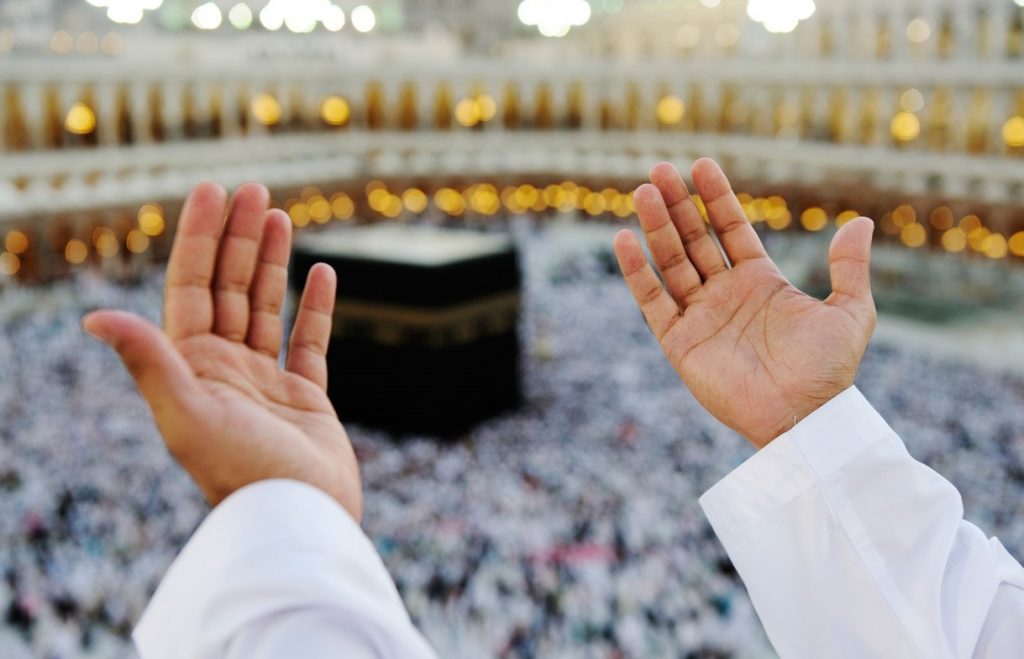
Fact 7: The Kaaba was once Filled with Idols
Before the advent of Islam, the Kaaba was used as a shrine for various pagan deities worshipped by the Arab tribes. According to some sources, there were 360 idols inside and around the cube. They represent celestial bodies, angels, jinn, ancestors, and other gods. Some of the most prominent idols were Hubal, a moon god; al-Lat, al-Uzza, and Manat, three goddesses; and Isaf and Na’ila, two lovers who were turned into stone. When Muhammad conquered Mecca in 630 CE, he entered the Kaaba and destroyed all the idols with his own hands or with a stick.
Fact 8: There is a Station of Abraham
The station of Abraham (maqam Ibrahim) is a small stone structure near the Kaaba that contains a footprint of Abraham. It is believed that this is where Abraham stood when he built the Kaaba with Ishmael. The Quran says: “And take ye the station of Abraham as a place of prayer” (2:125). Pilgrims are encouraged to pray near this station after completing their tawaf around the Kaaba.
Fact 9: The Kaaba Has a Water Well called Zamzam
Zamzam is a well that is located about 20 meters east of the Kaaba. It is believed to have been miraculously created by God when Hagar was searching for water for her son Ishmael in the desert. The Quran says: “So We heard him [Ishmael], and We made gush forth for him a fountain” (19:24). Zamzam water is considered sacred and blessed by Muslims, who drink it or use it for ablution. Additionally, pilgrims are allowed to take Zamzam water home as a souvenir.
Fact 10: There is a Semicircular Wall Called the Al-Multazam
The al-Multazam is a semicircular wall that connects the door of the Kaaba and the Black Stone corner. It is about two meters wide and is considered one of the most sacred parts of the Kaaba. Pilgrims often cling to this wall and make supplications to God after completing their tawaf around the Kaaba. The word al-Multazam means “the place of clinging” or “the place of holding fast”.
Frequently Asked Questions
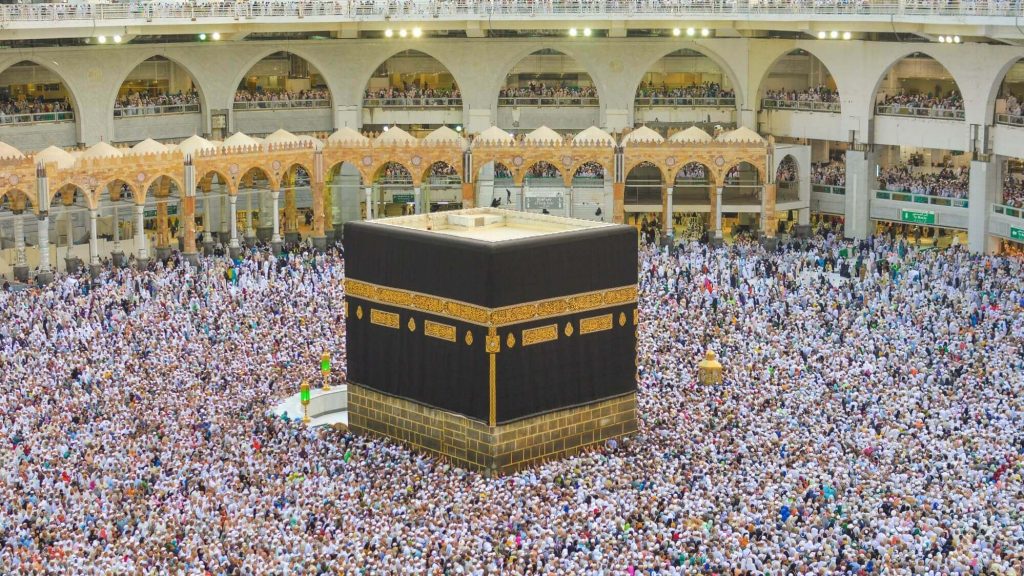
- What’s inside the Kaaba? The Kaaba has an empty space with pillars, a floor, a staircase, a roof, a cloth, and some relics.
- What is the purpose of the Kaaba? The Kaaba is the direction of prayer and the destination of pilgrimage for Muslims. It is the first house of worship for one God.
- Can non-Muslims go to Mecca? No, non-Muslims are banned from entering Mecca or its province by the Quran and the Saudi government.
- Is Kaaba in center of Earth? No, the Kaaba is not in the center of the Earth. The Earth is a sphere with no center on its surface. Some Muslims believe that the Kaaba is the center of the world or Islam.
- How old is Kaaba? The exact age of the Kaaba is unknown. It has been rebuilt several times by different people since Adam. The last major reconstruction was done by Muhammad in 630 CE.
Read more: Have a Blissful, Not a Boastful Umrah Itinerary
The Kaaba: A Symbol of Unity and Faith
The Kaaba is more than just a physical structure. It is a symbol of unity and faith for Muslims around the world. It represents the oneness of God and the legacy of Abraham and his progeny. Besides that, it is the destination of the hajj, the fifth pillar of Islam, which brings together millions of Muslims from different backgrounds and cultures every year. It is also the direction of the salat, the second pillar of Islam, which connects Muslims to God and to each other five times a day. The Kaaba is a source of inspiration and guidance for Muslims, who seek to follow its teachings and emulate its example. The Kaaba is the center of Islam, and Islam is the center of the Kaaba.
IF YOU LIKE THIS POST, ‘PIN IT’ NOW!

12 Comments
-
-
Stephanie
Oh my – I learned so much about the Kaaba while reading this article. What a spiritual place – thank you for sharing this.
-
Monidipa
Wow, I was fascinated by the insights provided in the article about the Kaaba. u have done an exceptional job of presenting the history and significance of the holy site. The visuals and the way the information is presented make it a compelling read. I learned a lot!
-
Ntensibe Edgar
Wow….there is so much intrigue on the kaaba. i am very keen on knowing about it as much as possible. this is a good start. thank you for sharing about it.
-
Fransic verso
Very interesting and informative. You shared a lot about this place and cube. I’m sure people will find this post helpful to learn about it.
-
Bedabrata Chakraborty
Thanks so much for sharing these details. Many from my circles have visited mecca on haj. i too feel intrigued but i can never go here.




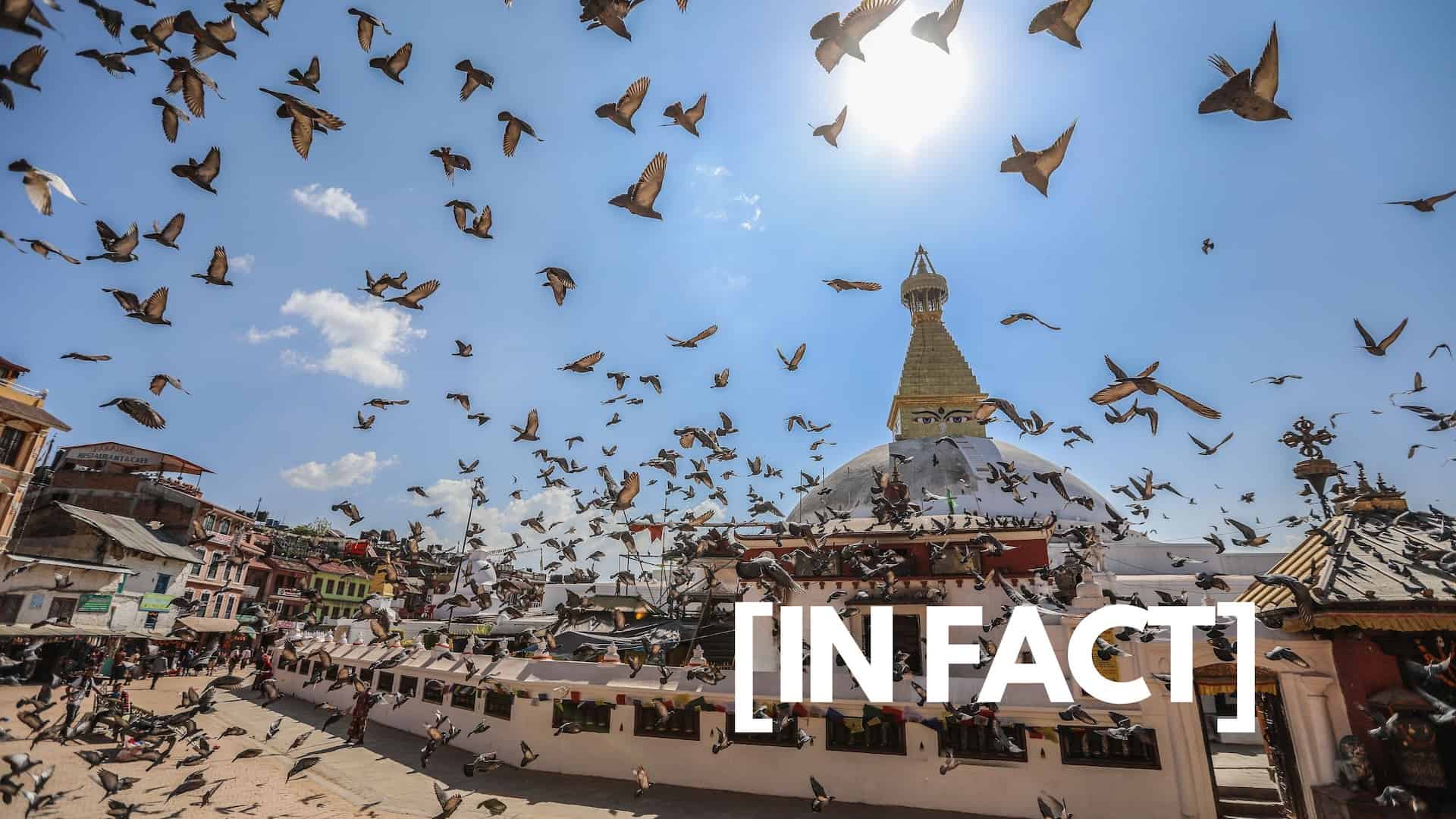

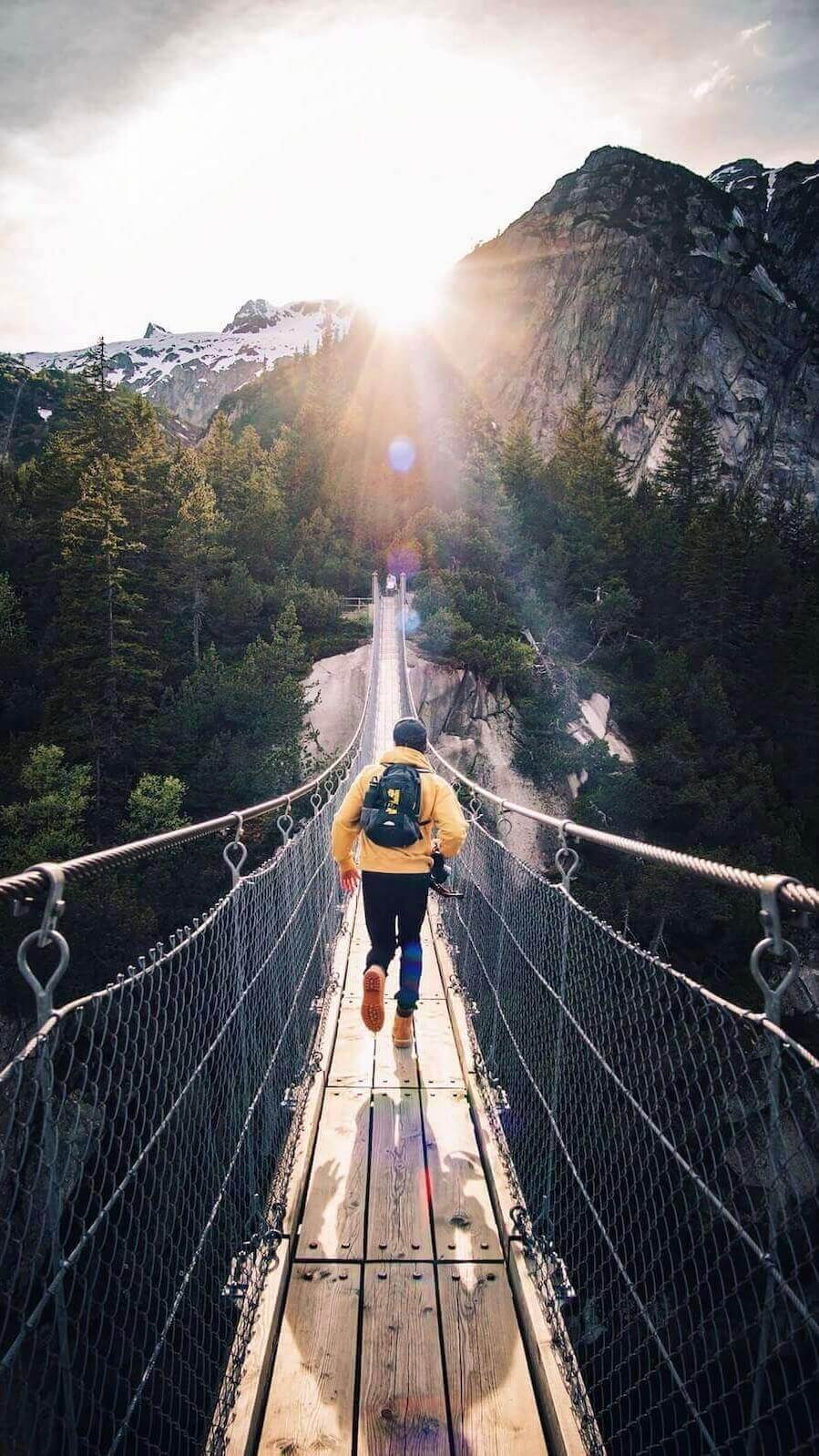
Antonia O
Good read. I am always so fascinated by other cultures so this is insightful. Thanks